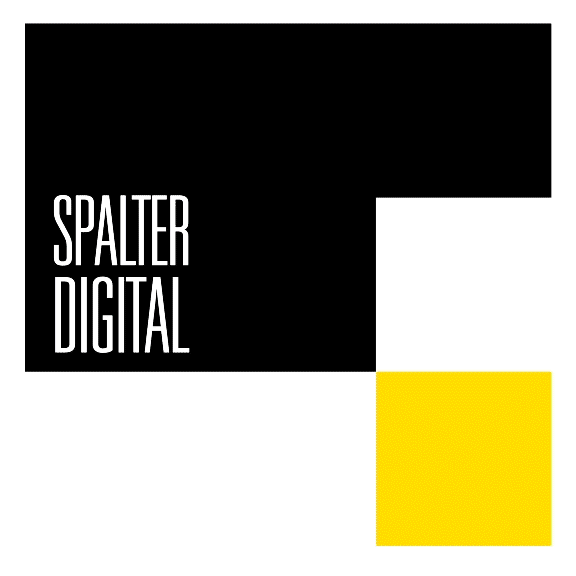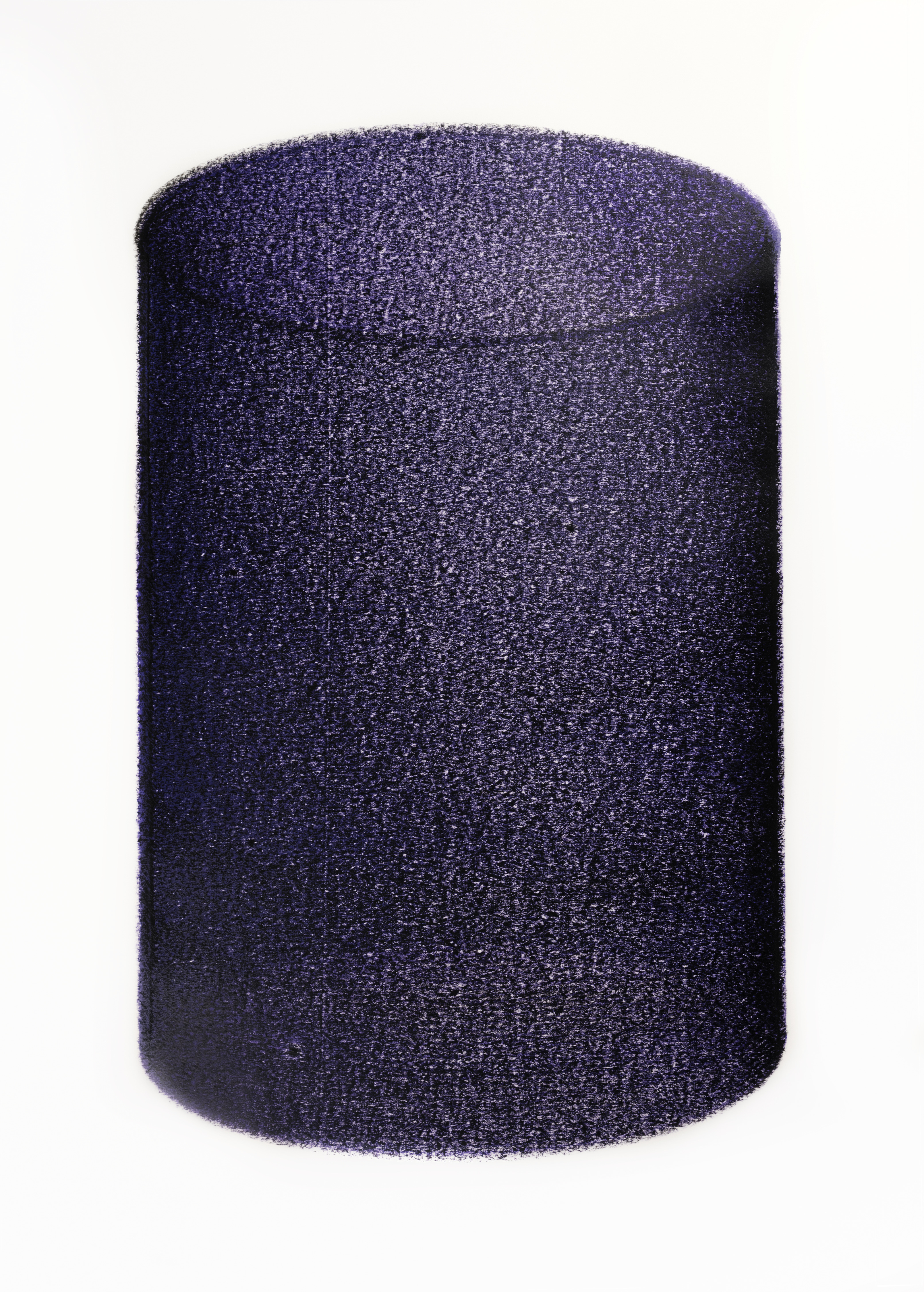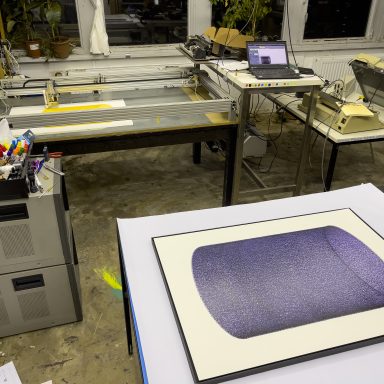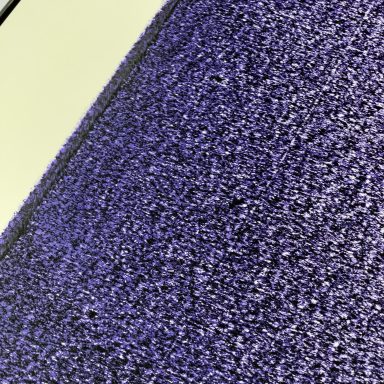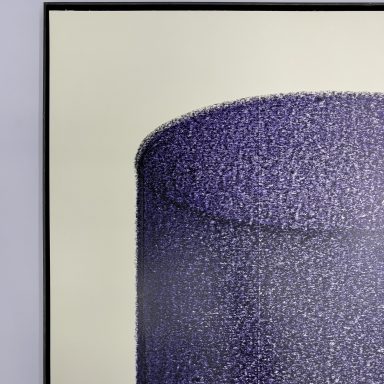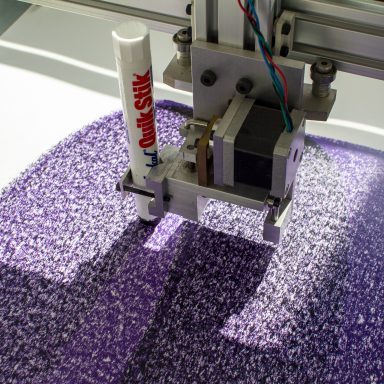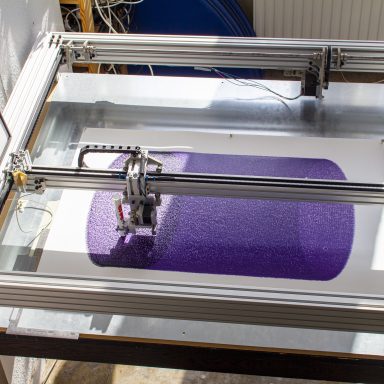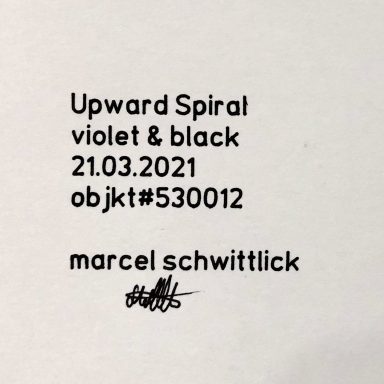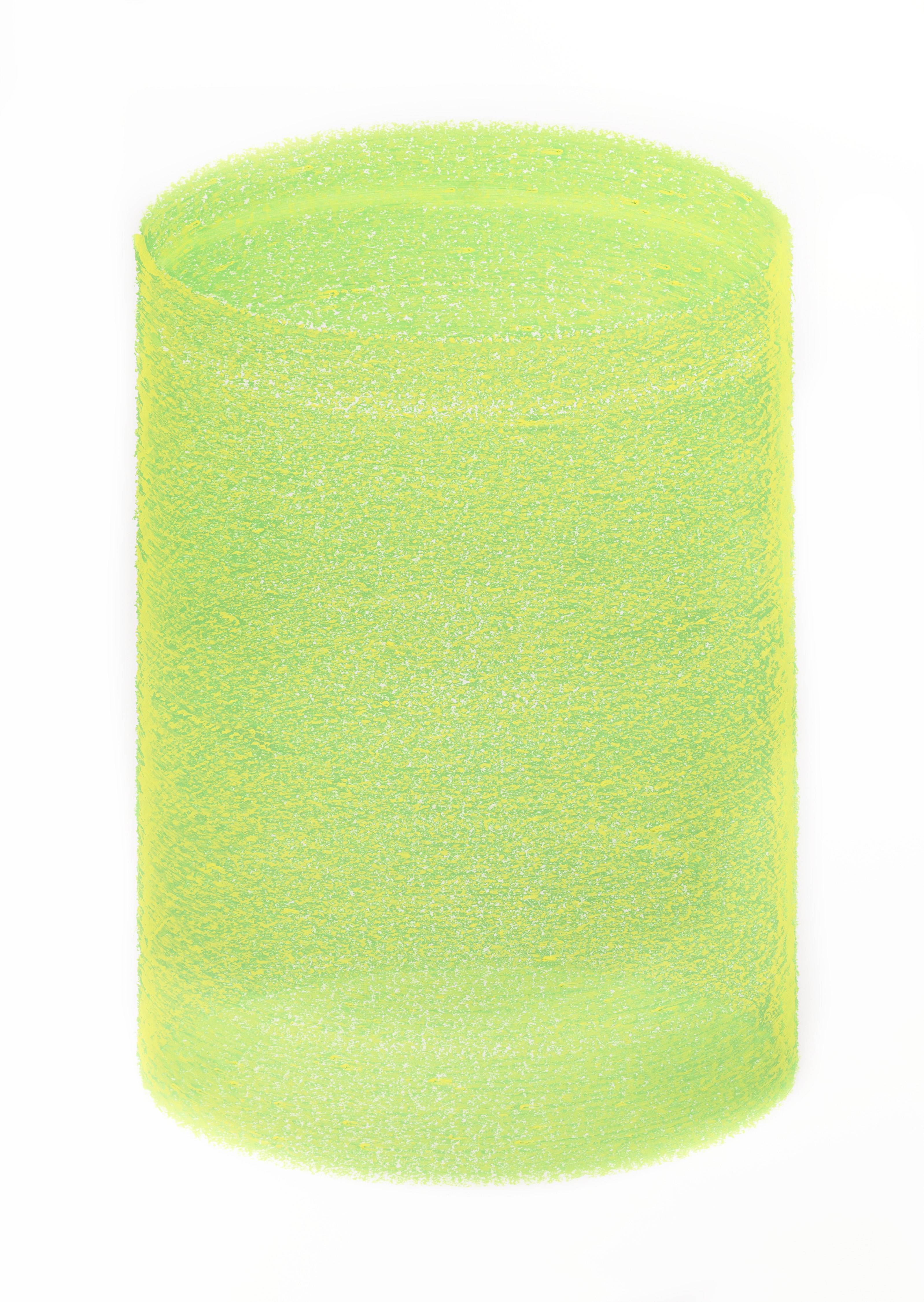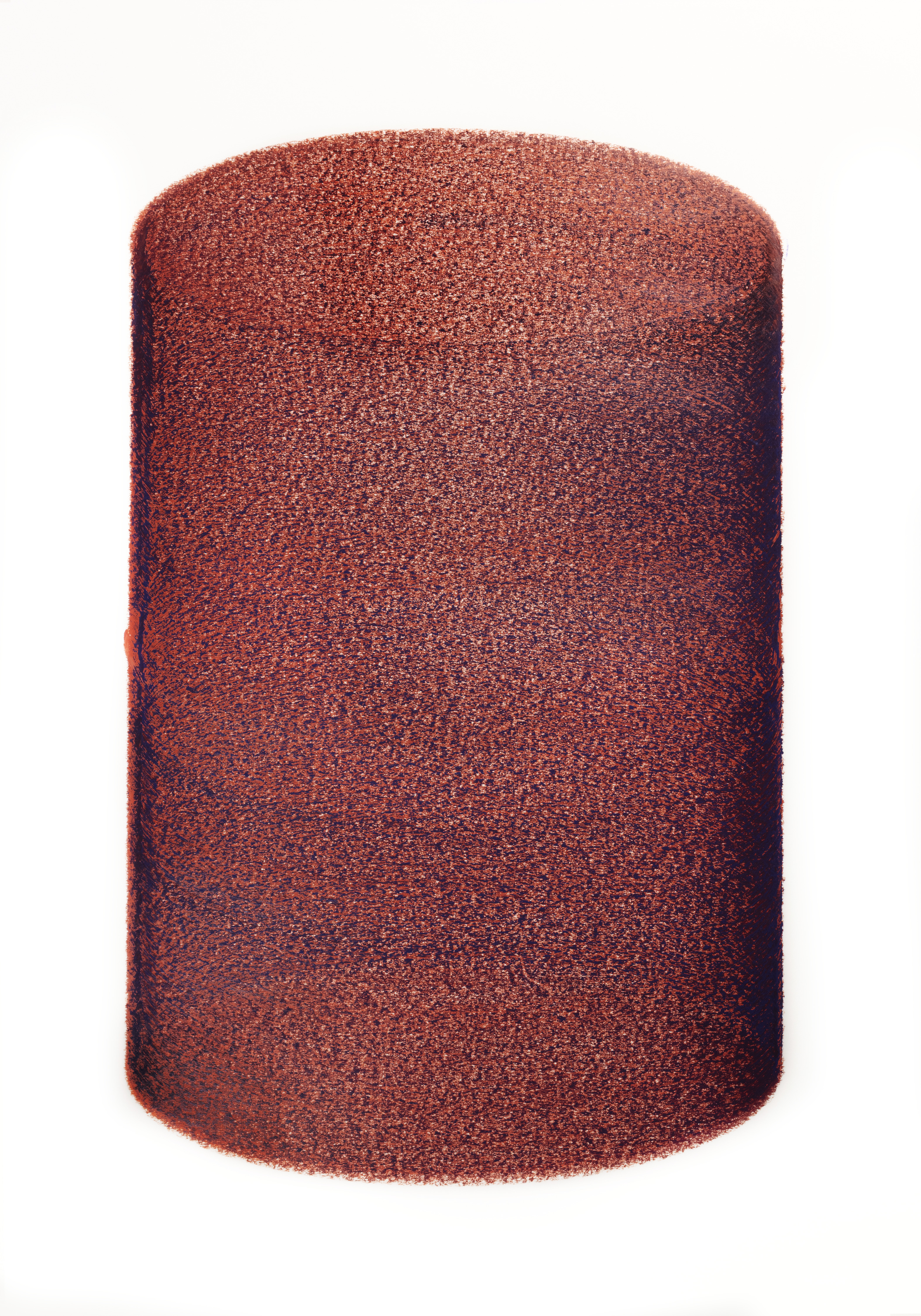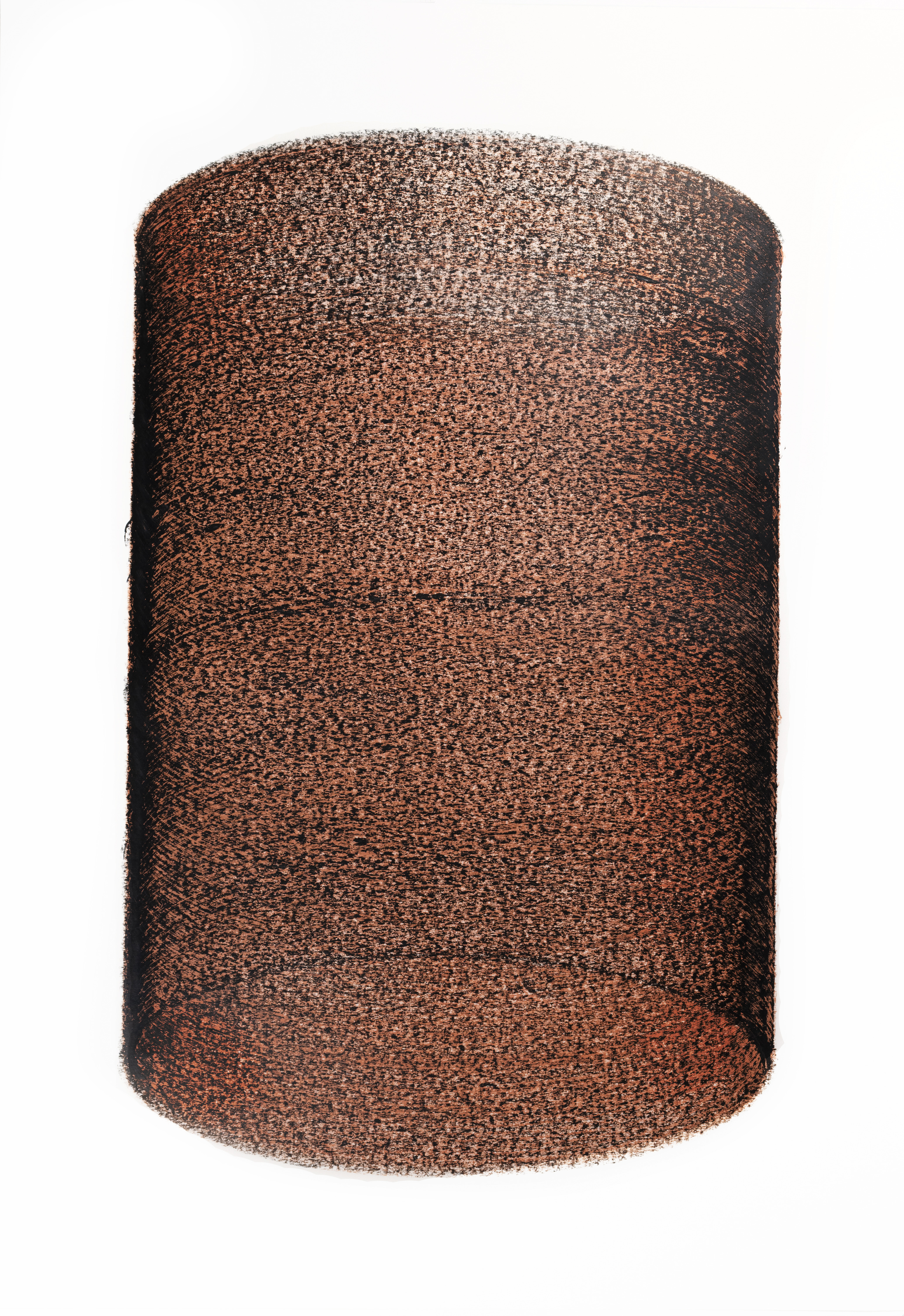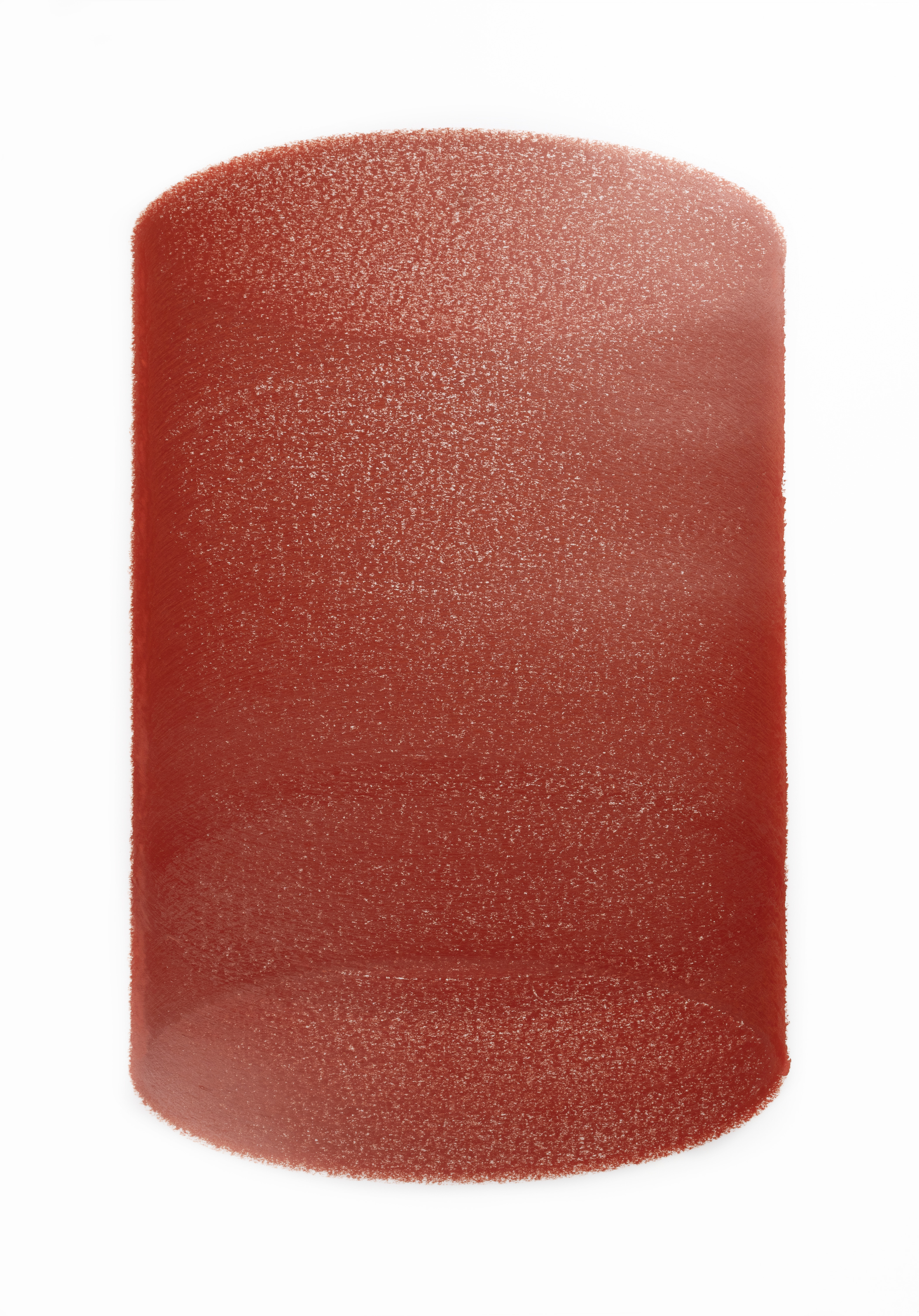Basic Information
Title: Upward Spiral (Violet/Black)
Artist(s):
Marcel Schwittlick
Date Created: 2021
Unframed Dimensions: 33 x 23.5 in.
Medium: plotter drawing in industrial wax on 190gsm Hahnemühle paper
Inventory ID: Schwittlick-2021-06
Description
signed on the reverse in ink
artist’s name, title, date, and object# printed on the reverse of the paper
Upward Spiral information courtesy of the artist’s website:
“Marcel Schwittlick’s Upward Spiral consists of a series of 144 machine-made drawings, created between Summer 2020 and Spring 2022, essentially during the Covid-19 restriction measures in Berlin. They were produced with a custom-built drawing machine which translates digital geometry into a continuous spiral movement (except one which was handmade). The material used was a solid paint marker called Markal Quik Stik, similar to a crayon in its shape, available in 12 colors and mostly used in construction, on Hahnemühle paper. Each drawing was made with three layers, the first two always of the same background color. The series totalizes 144 pieces because it contains all possible color combinations (12 x 12 = 144).
0. Platonically speaking, it is a spiral; superficially speaking, it is a cylinder:
Seeing without careful reflection, one sees firstly, cylinders, though it is important to stress that this is a consequence of the process; what the machine draws is a geometric spiral. For Schwittlick, the spiral represents an inner, mental dynamic that, metaphorically speaking, is either upward or downward. The former amounts to progress, personal fulfillment and breakthrough; the latter is a gyre-like depressive or destructive process. As human beings, we are all subject to entering these states, and also subject to entering inertia as well as momentum (each of these pertaining to downward and upward spirals, respectively). As an artist, Schwittlick wants to find out effective ways to silence the Ego – that is, to progress upwardly.
Another perhaps unavoidable formal association is with Andy Warhol’s famous soup cans (which, formally speaking, are cylinders). Intelligently, Warhol said he wanted to be a machine. Schwittlick too, like Warhol with the silkscreen technique, avoids the employment of the human hand and all the subjectivity of the man-made line. For the most traditional ones, still enchanted by the mystique of the hand, using a machine to draw is cheating, it cannot be considered art. But here, I take Jean François Lyotard’s words as mine: “the substitution of mechanical and industrial production for manual and craft production is not a catastrophe in itself, unless the essence of art is thought to be the expression of individual genius aided by the skills of an artisanal elite”¹.
1. Exploring “intentional randomness”:
The work belongs to a branch of conceptual art called “generative art”, while also going slightly beyond it, since Schwittlick is interested in the transition or materialization of the digital into analog (and generative art, strictly speaking, not necessarily). As Sol Le Witt famously put it, “when an artist uses a conceptual form of art, it means that all of the planning and decisions are made beforehand and the execution is a perfunctory affair, the idea becomes a machine that makes the art” (by wanting to kill romanticism for good, Soll Le Witt expresses himself provocatively by using the word perfunctory). Much aligned with such a conceptual approach, Schwittlick continues that tradition. The constraints from his concept indeed gave him a machine-ritualized routine (perfunctory to an extent), one which he nonetheless ascribed as positive and grounding. Here, one thinks of the Chinese concept of Wu-Wei, which could be translated as “not trying” or “effortless action”. One can achieve Wu-Wei in the most varied activities, cooking, butchering, swimming, and why not, by operating a plotter, brushing one’s teeth, and making coffee or tea. Each of the series’ drawings took 9 hours to be finished, and during the semi-automated process, in every 30 minutes, the artist had to intervene in order to assist the machine. The self-imposed necessity of having a drawing finished by the end of the day brings peace of mind, a mild state of grace, and tranquility. The concluded series is aesthetically pleasant to look at, a balanced combination between machine coldness and contemporary feeling. The secret? Hard to say, but perhaps it has something to do with the fact that, while being open to processual surprises, Schwittlick actually came up with the concept gradually, embracing unexpected textures, formal dynamics, and ultimately, breaking the rules of the game he himself invented and set out to play – “sovereign is he who decides on the exception” (and in my understanding, the artist is necessarily sovereign).
2. Art as cunning against crisis:
The 144 drawings were all produced in Schwittlick’s studio in Schöneweide, Berlin. The lockdowns, Kontaktbeschränkungen, and stress imposed by the Covid-19 global crisis forced everyone into a situation never experienced before. In that situation, one would either become Joey, the mechanical boy, deprived of sociability, isolated in one’s own world, stimulated by screens, living a mechanic routine (washing the dishes, taking out the garbage out, etc.), or one would attempt to break repetition and find something creative to do besides the normal “robotic” domestic tasks. “Art”, even if an imploded category for some time, was back then one of such outlets; and it does keep offering solace and equilibrium to the mind, for those astute enough in bypassing madness. Concluding upwardly, like Duchamp once said: “we do not die of thirst in the field of art”.”
– Text by Lucas Rehnman
